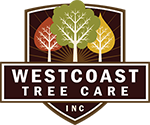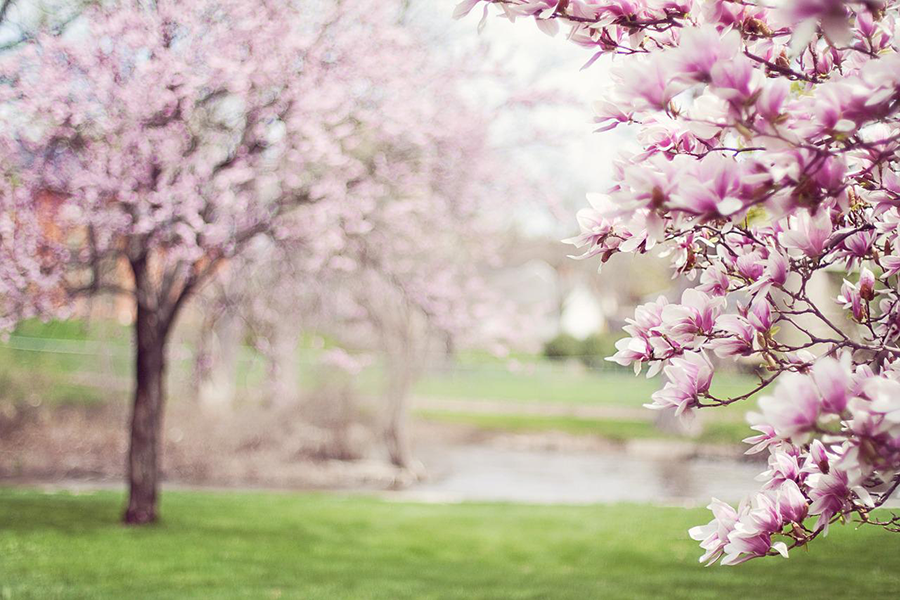As the weather starts to warm up, it’s important to be aware of the problems that your trees may be experiencing. Trees in the springtime can suffer from a variety of issues, ranging from pests and diseases to environmental stressors.
That’s why the certified arborist at Westcoast Tree Care would like to discuss some of the most common tree problems that occur in the springtime. We will also provide you with some Ellensburg tree care tips on how you can identify and treat these issues.
Aphids
Aphids are small, sap-sucking insects that can cause damage to trees and shrubs. Aphids are most active in the spring and early summer. They can be found feeding on the new growth of leaves and stems.
Aphids are a common problem for many trees, but there are a few things you can do to control them. First, try to encourage beneficial insects, such as ladybugs, into your garden. These predators will help to keep the aphid population under control. You can also use insecticidal soap or horticultural oil to kill aphids on contact.
Caterpillars
Caterpillars are the larvae of moths and butterflies. They can cause significant damage to trees by feeding on leaves and stems. Caterpillars are most active in the spring and early summer.
There are a few things you can do to control caterpillars. First, try to remove them by hand if possible. If you have a large infestation, you may need to use an insecticide. Bacillus thuringiensis (BT) is a biological insecticide that is effective against caterpillars.
Powdery Mildew
Powdery mildew is a type of fungal disease that affects trees and shrubs. It causes a white or gray powdery growth on leaves and stems. Powdery mildew is most common in the spring and early summer.
Powdery mildew can be controlled with fungicides. Be sure to follow the directions on the label carefully. You may need to apply the fungicide multiple times to achieve control.
Environmental Stressors
Trees can also be stressed by environmental factors, such as drought, extreme temperatures, and wind damage. These stressors can cause leaves to turn yellow or brown and may eventually kill the tree.
If you think your tree is suffering from stress, try to provide it with some relief. For example, if your tree is suffering from drought stress, water it deeply and regularly. If it’s experiencing wind damage, try to protect it from further damage by staking it or wrapping it with burlap.
Leaf Blotch
Leaf blotch is a type of fungal disease that affects trees and shrubs. It causes brown or black spots on leaves, which can eventually lead to leaf drop. Leaf blotch is most common in the spring and early summer.
There are a few things you can do to control leaf blotch. First, remove affected leaves from the ground. This will help to reduce the number of spores that are released into the air. You can also use a fungicide to treat the affected areas. Be sure to follow the directions on the label carefully.
Freeze Damage
Freeze damage can occur when the temperature drops suddenly and dramatically. This can cause leaves to turn brown or black and eventually drop from the tree. Freeze damage is most common in the spring and early summer.
There are a few things you can do to prevent freeze damage. First, try to water your trees regularly during periods of drought. This will help to reduce the stress on the tree and make it more resistant to cold temperatures. You can also wrap your tree with burlap or other materials to insulate it from extreme cold.
Ellensburg Tree Care?
If you need help with spring tree care, contact the certified arborist at Westcoast Tree Care. We can help you identify and treat tree problems. We can also provide you with tips on how to prevent these issues in the future.
If you would like more information about the Ellensburg tree care services we provide, contact us by filling out our online form or give us a call at 1.800.767.8733.








